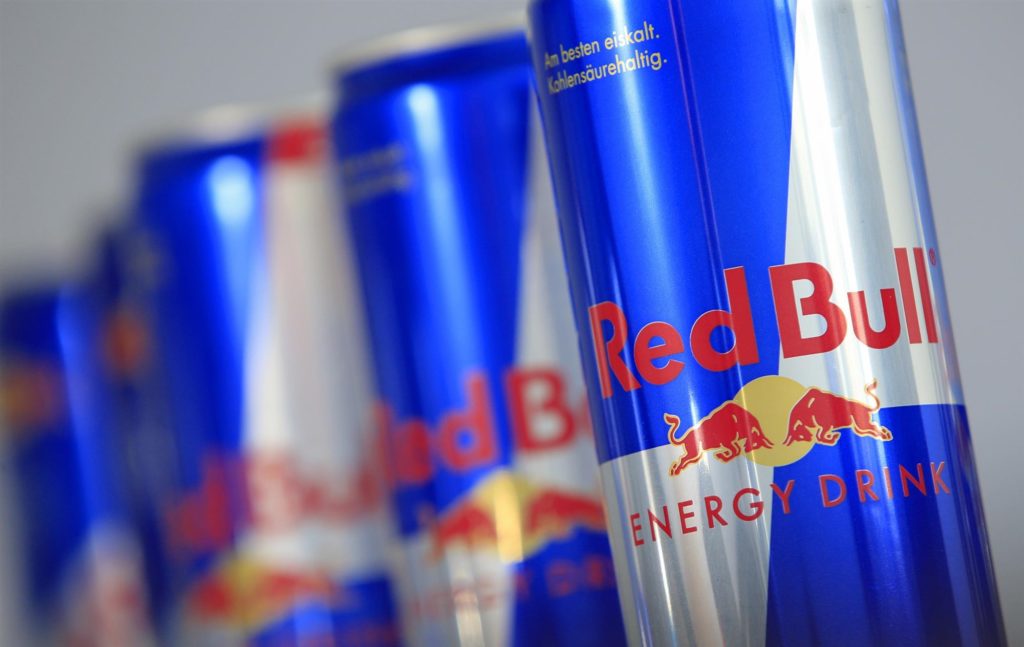
Red Bull originated in Austria by a private company called Red Bull GmbH. It was founded in 1984 by Dietrich Matesschitz and Chaleo Yoovidhya. They sponsor a range of different sporting events and various team members to expand their energy drinks globally. 7.5 billion cans of Red Bull were sold worldwide in 2019, and reached over 171 countries. The Red Bull company distributes their energy drinks through various marketing techniques through Simply Cola. Red Bull was a drink modified by Dietrich from an existing energy drink called Krating Daeng which was sold by Chaleo in Thailand. The taste was better suited for Westerners, but the logo of the can was kept globally. They both sold Red Bull and Krating Daeng in their Western and Thai markets, respectively. In the West, the energy drink was sold in a tall and blue, slim can with two red bulls facing each other in front of a yellow sun. In Asia, they sold Red Bull in a smaller red and gold can. They sold different flavors such as sugar-free, total zero, and different fruity flavors. Their original slogan was “No Red Bull, no wings,” but changed it to “Red Bull gives you wings.”

Red Bull generated a brand myth to mass produce their energy drinks through their very own marketing techniques. They sponsored events such as the Red Bull Cliff Diving World Series, Red Bull Air Race, Stratos space diving project, and Red Bull Crashed Ice. Red Bull also sponsors sports teams such as Red Bull racing to help expand their products globally. Red Bull provides lessons to other company owners of the brand by clearly defining their goals and expectations. There are different strategies implemented for these company owners that help them grow brand awareness, help in brand development, brand processing, and attract sales. The slogan made Red Bull’s marketing strategy very unique and aggressive to other competitors which helped aid their brand awareness since they sold the same can everywhere. Red Bull acquired and sponsored sports teams by organizing competitions and events which reached their fan base. Because they choose extreme sports, and traditional sports, it aided in Red Bull’s brand awareness. They even created their own online and offline marketing environments. With the energy-boosting drink targeted towards young athletes and professionals, Red Bull is marketing a way of life instead of just the energy drink itself. Their niche of focusing on the outdoors, adventures, and sports aided them in their well-rounded brand that they remained consistent with. Red Bull never adapted to specific markets other than the Asian market, yet adapted strategies in technology so they could expand globally. Red Bull mainly focused on diversity, value, global presence, consistency, and core maintenance to produce high-quality content all around the globe.
